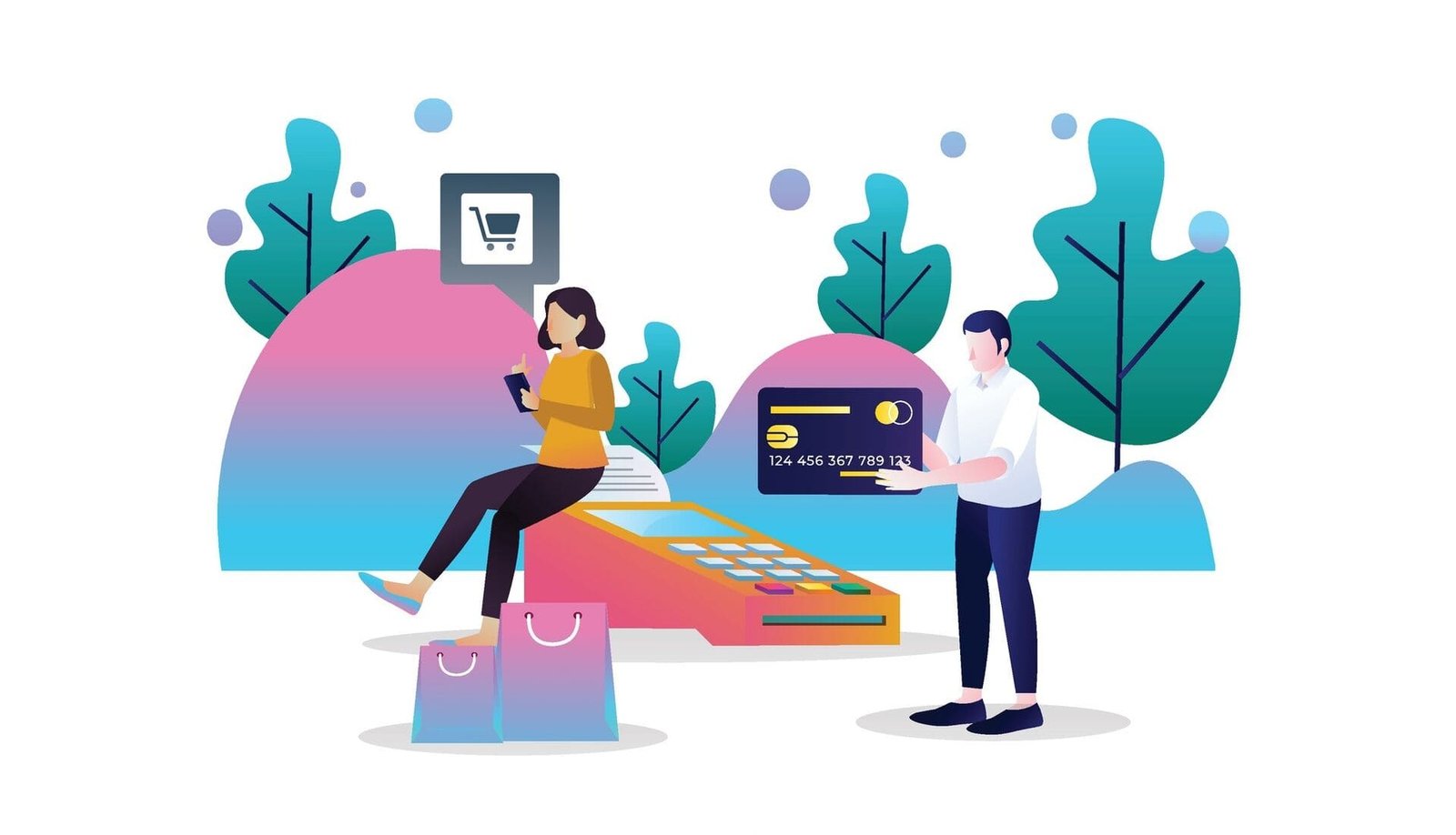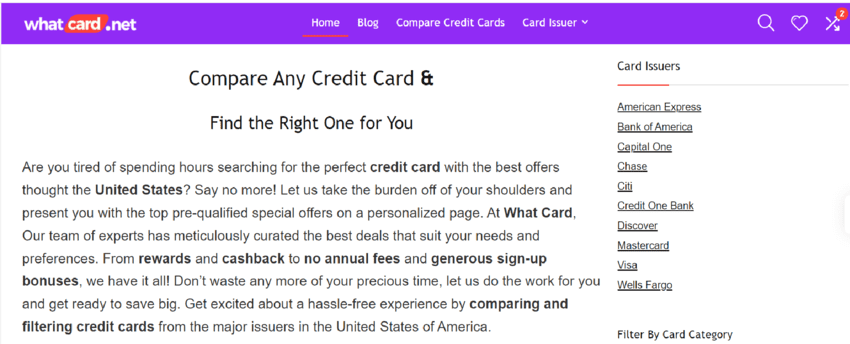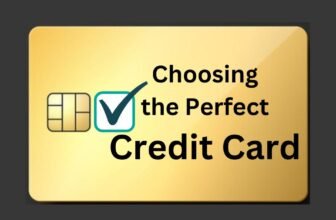
Are you struggling to sell your credit cards at the next level of skill? Here, we will open your mind to all the secrets and sales techniques that will help you sell credit cards like a pro. Regardless of whether you are a newbie getting started or a learner with some competency, this guide was made for your success.
Before proceeding straight to the guide, let’s have a look over the key facts about credit cards:
This summary is based on data from the Federal Reserve, Consumer Financial Protection Bureau, major issuers, and the Nilson Report.
Credit Card Market Share
- Ownership: 82% of American adults have credit cards (2022).
- Network: Visa has the most credit cards in circulation (2022).
- Issuer: Chase has the largest credit card market share by outstanding balances ($154.3 billion in 2022).
Debit Card Market Share
- Ownership: 93% of American adults have debit cards (2021).
- Issuer: Wells Fargo has the largest debit card market share by purchase volume ($464 billion in transactions in 2022).
Overall Usage
- Debit and prepaid debit cards make up 60% of all cards in the US (2022).
- Total US purchase volume on credit, debit, and prepaid cards reached $10.4 trillion in 2022 (up 11% from 2021).
- Credit card spending grew 19.5% from 2021 to 2022, while debit/prepaid spending grew 11%.
- There are 2 billion general purpose credit and debit cards in circulation in the US (2022), with 827 million being credit cards and 1.2 billion being debit cards.

[Source: https://nilsonreport.com/newsletters/1235/]
We will guide you through the process, from knowing about the unique features and benefits of credit cards to effectively sharpening your communication skills. Our systematized method will begin with the creation of a persuasive sale pitch and proceed to close the deal.
On the other hand, you will also be able to create strong customer relationships, eliminate objections, and win the coming sale as a master.
Regardless of whether you’re a newbie or an expert, this guide will walk you through the ropes. Are you prepared to transform your sales sky-high and become a credit card sales expert?
If yes, then let’s start with:
Table of Contents
What is the Importance of Credit Cards in Our Lives?
Credit cards have now become part and parcel of the financial world. They provide seamless cashless payments, safety, and many advantages to consumers. Knowing the significance of credit cards is a critical element of sales success for those who want to excel in credit card sales.
People with credit cards are able to buy items without having to carry money. They provide a revolving line of credit to customers that enables them to purchase goods and pay them back at a later stage. This flexibility is a big positive for consumers, who have made credit cards the main instrument for their everyday use.
In addition, different credit cards provide many benefits and rewards from which customers can draw. They come with a wide array of benefits, including cashback, travel rewards, exclusive discounts, and invites to select events. Identifying the value of your products’ benefits ensures that you can persuade your potential clients and generate more sales.
Different Types of Credit Cards
There are many types of credit cards to address different customer requirements and preferences. In order to sell a credit card successfully, you need to understand each kind deeply.
The most typical kinds of credit cards include:
- Rewards: Rewards programs give you points or miles for every dollar spent, which can be exchanged for various rewards, like gift cards or travel costs.
- Cashback: Unlike debit cards, cashback cards give customers a percentage of their spending back in cash.
- Travel: Travel cards allow you to take advantage of travel-related benefits such as airline miles or hotel discounts.
- Low-interest: In the end, low-interest cards attract customers who need low-interest rates and balance transfer possibilities.
While other types of credit cards include:
Business, Secured, Student, Premium, Balance transfer, Charge cards, Contactless cards, Fuel, Standard, and Purchase credit cards.
You need to know the features and benefits of each type of credit card so that you can recommend to customers a card that will best match their needs. This individualized approach will keep your customers happy and give you more chances of closing the deal.
In order to maximize credit card sales, it is vital to capture the target market correctly. Different demographic groups use credit cards differently in that they have their own unique needs and preferences when it comes to the cards, and a well-thought-out strategy that is tailored to their specific requirements will definitely help a sales expert sell more.
Now, let move ahead to the complete handful guide to sell more credit cards:
Step by Step Guide to Sell Credit Cards
1. Identify Your Target Audience for Credit Card Sales in Two Steps

Here are the steps to identify the target customers:
Step 1: Identify Customers by Age Group
The first step is to think about the age group your brand intends to attract:
- Young People: Youngsters would probably go for a card that enables them to gain points for transactions made online for shopping or restaurants. This type of age group is actively seeking for a secured credit card like First Progress Platinum Prestige Mastercard, and Bank of America Travel Rewards credit card for Students
- Older Customers: They might prefer travel perks (like Bank of America Platinum plus Mastercard Business card) or cash back on purchases (like Capital One Walmart Rewards Mastercard and Capital One Quicksilver One Cash Rewards Credit Card).
Step 2: Identify Customers by Their Financial Situation
The second is to analyze the financial capabilities of your audience category:
- People With More Money: They might want fancy cards with lots of benefits (like Chase Sapphire Preferred Credit Card)
- People With Less Money: They might prefer low interest rates or no yearly fees. (examples are: Citi Custom Cash® Card and U.S. Bank Visa® Platinum Card)
Knowing your target audience’s needs and making the match can help you adjust your sales pitch and approach and offer your clients the right credit card solutions to fulfil their needs. This personalized approach will promote a better chance of making a sale, and more importantly, it is a guarantee for improved customer satisfaction and loyalty.
2. Building a Credit Card Sales Strategy

[Image Source: freepik.com]
Here’s what you need to do for building a successful credit card sales strategy:
- Do your Homework: Begin by researching the market and learning about the rivals. Make sure to compare various credit card options and find out what they have to offer and the highlights of each. This knowledge will help you market your products precisely.
This will allow you to highlight the features that make your products outperform similar products from other suppliers. - Craft A Winning Pitch: Next, develop a sales pitch that draws the customers’ attention with the advantage of the credit cards that you are marketing. Please make sure not to be tedious to the user, but explain the features that matter most to your target audience and try to show how the cards can improve their financial health.
Use real-life cases and provide real people’s success stories to enhance the persuasiveness and identifiability of your pitch.
Bonus Tip: Think about who you’re trying to reach (young people, frequent travelers, etc.) Tailor your pitch to their specific needs.
3. Practical Techniques for Selling Credit Cards
Selling credit cards needs more than a salesperson’s argument. It necessitates good communication skills, building trust, and mastery of the art of persuasion.
- Active Listening: Take care of customer needs and complaints. Listen attentively and pose appropriate questions so as to show your understanding and sympathy.
- Highlight Benefits: Stress the benefits of credit cards like rewards, cashback, or travelling. Tell people how the cards can help them save their money or provide them with additional opportunities.
- Address Concerns: Be prepared to face the objections and questions raised by customers. Plan on the most frequent objections and ready answers to eliminate any doubts.
- Build Trust: Build customer trust by being transparent and knowledgeable about the credit cards you are selling. Please give them the correct information and come up with solutions that will best suit them.
- Follow Up: After presenting a pitch, contact possible customers to provide answers to the remaining questions and provide additional information. This demonstrates that you are genuinely interested in helping them choose the correct option.
Doing so will give you a higher probability of closing deals and help you build a solid connection with your clients.
4. Dealing with Customer Concerns: Turning “No” into “Yes”

Not everyone will jump at the chance to get your credit card. They might have questions or worries. Here’s how to turn those concerns into sales!
- Listen to Their Problems: People might be worried about annual fees, interest rates, or credit limits. Address each one clearly.
- Focus on the Good Stuff: Explain how the card’s benefits outweigh any fees. Maybe it has great rewards or helps build credit.
- Security Matters: Reassure them their information is safe. Talk about the security features your card offers, like anti-fraud measures or insurance.
By addressing concerns head-on, you build trust and make customers feel confident. This increases your chances of making the sale and keeping them happy in the long run!
5. Selling Credit Cards Online: Your Tech Toolkit

In the 21st century, technology is key to selling more credit cards. Here’s how to use it to your advantage:
- Build a Stunning Website: Make a website or landing page explaining your cards. Highlight the benefits, how they work, and how to apply. Customers should be able to contact you or even apply directly online!
- Social Media Power: Use social media platforms to reach your target audience. Think targeted ads to show the right people your card’s advantages. Respond to questions and comments to build a conversation.
- Team Up with Influencers: Partner with bloggers or social media stars who talk about money or lifestyle. This will help you reach a wider audience and build trust.
The use of technology and online channels can increase your customer pool and bump up your sales prospects.
6. Tracking and Analyzing Credit Card Sales Performance
![]()
For better credit card sales performance, you should keep checking & controlling the results. This will lead to the discovery of strengths and weaknesses you need to fill in with evidence-based decisions.
“Selling more credit cards is all about knowing what works and what doesn’t”.
Here’s how to track your progress:
- Watch the Numbers: The first thing to do is to follow KPIs (key performance indicators), such as the number of leads you have produced, conversion rates, and average value of transactions. Integrate CRM software, so you have an easier way of tracking your sales funnel.
- Make Sense of the Data: Look for patterns in your numbers. Maybe you need to get better at handling customer concerns or following up with potential customers.
- Use the Info to Improve: Once you know what’s working, focus on those areas! Use the data to improve your sales approach.
- Never Stop Learning: Ask your customers and colleagues for feedback. The more you learn, the better you’ll be at selling cards!
By observing and tracking your credit card sales performance, you will know how to make sound choices that will enhance your existing sales.
Conclusion
In conclusion, mastering credit card sales requires a multifaceted approach. By understanding the product’s value, tailoring your strategy to specific demographics, and wielding the power of technology, you can effectively convert potential customers.
Remember, continuous learning, refining your communication skills, and analyzing your results are the hallmarks of a credit card sales professional. With dedication and a customer-centric approach, you’ll be well on your way to becoming a leader in the field.
FAQs: A Comprehensive Guide on How to Sell Credit Cards?
What are the challenges of selling credit cards online?
Staying updated on market trends, understanding factors affecting sales conversions, and effectively communicating the benefits of a credit card in a digital environment can be challenging.
How do I link my bank account to Cash App?
Staying updated on market trends, understanding factors affecting sales conversions, and effectively communicating the benefits of a credit card in a digital environment can be challenging.
How do I link my bank account to Cash App?
To link your bank account to Cash App, open the app, tap on the profile icon, select “Add Bank,” and follow the prompts to enter your bank account information.
Do I need to be a financial expert to sell credit cards?
While a strong understanding of credit card features is helpful, platforms like GroMo (or similar) offer resources to get you started. However, it’s important to be honest and transparent with customers.
What are some tips for selling credit cards online?
Utilize social media to connect with potential customers. Create informative content that highlights credit card benefits. Consider influencer marketing to reach a wider audience.






